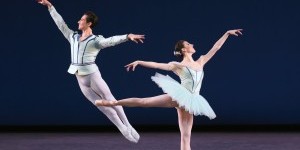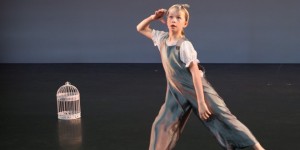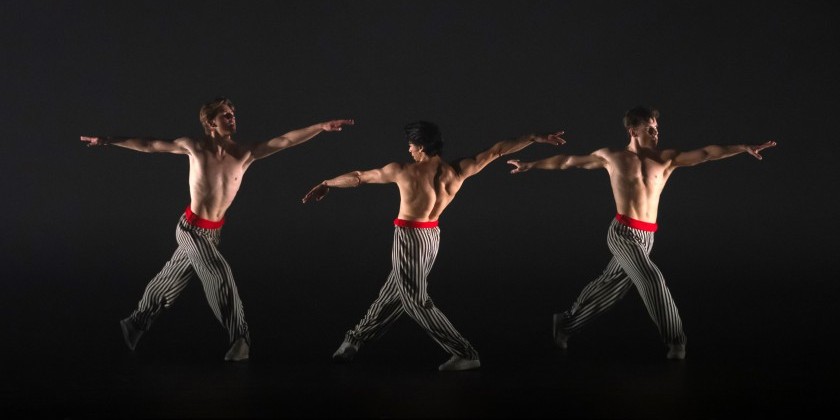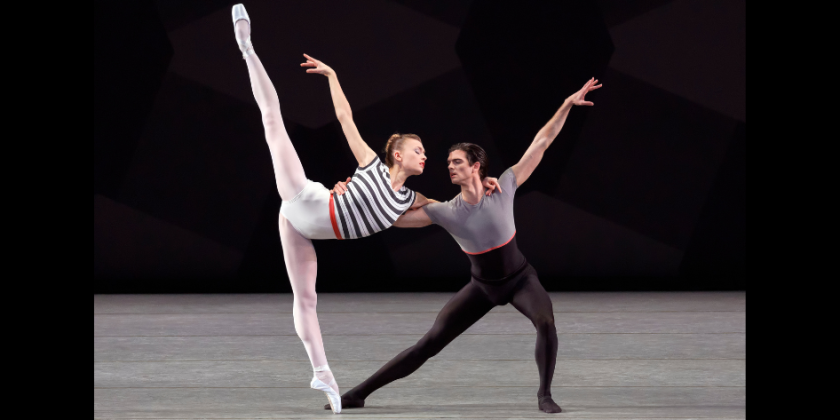
DAY IN THE LIFE OF DANCE: Peter Boal on the Choreographers and Experiences That Have Shaped His Career

"The actions of men are the best interpreters of their thoughts." — James Joyce
Opportunity opened her arms to Peter Boal from his upbringing in Connecticut to a successful NYC Ballet career. Despite his accomplishments, self-satisfaction never settled in, instead, Boal persistently chased challenges.
In a dramatic twist, Balanchine died the day Boal signed his NYC Ballet Company contract in 1983. Fortunately, before Mr. B passed, Boal earned a few unforgettable coaching sessions in the coveted role of the Nutcracker Prince. For 22 years, Boal plunged into NYCB repertory, excelling in the pristine classicism of Apollo to the gut-wrenching physicality of Prodigal Son.
Ballet success aside, Boal was restless. One of the first Principal dancers to explore post modern dance while still in the company, Boal leaned into the spare intensity of experimental works by independent choreographers.
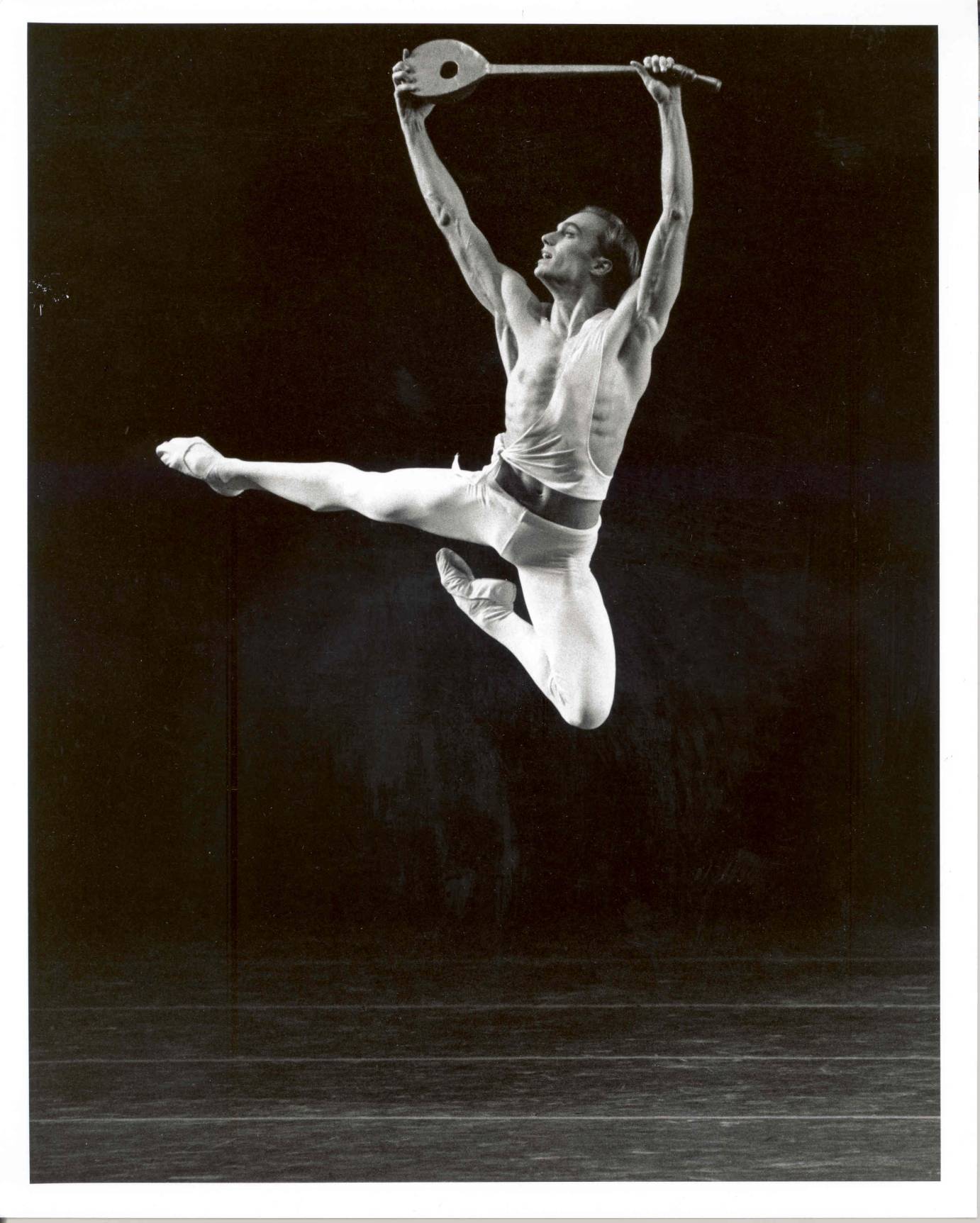
Peter Boal dancing with New York City Ballet in George Balanchine's Apollo. Photo by Paul Kolnik
BALLET IN NYC
Composed and thoughtful, Boal spoke with me this year over Zoom about his attraction to edgy choreography and his relationship with choreographers who pushed him beyond the classical lexicon.
As a young professional dancer in NYC during the 1980's, Boal witnessed the dance boom, an era imprinted with hip hop, iconoclastic dance warriors, ballet benders, new touring opportunities, and AIDS. These forces shaped his long-term vision.
Concerned about the limitations of ballet training because it "emphasized gymnastic ability and physical perfection over imagination and musicality" (EYE ON DANCE, 1987) he searched out ballets that asked more of him.
JEROME ROBBINS
Inside the company, Jerome Robbins initiated the expectation of a dancer's participation in the artistic process. Boal was persuaded to understand the "intent" of each movement and invited to add himself to the choreographic ingredients. Robbins directed Boal to "Give me more. I'll give you a step --but I want to see where you take it ..."
WILLIAM FORSYTHE
Before stepping out of the NYCB fold, Boal encountered William Forsythe who went even further than Robbins, organizing much of his choreography around improvisation. Rather than ask dancers to repeat steps, Forsythe charged them to design sequences based on movement themes. Forsythe coaxed Boal to think differently about choreographic engagement, negotiating "extreme partnering techniques" and moving so far off balance it was "not at all comforting."
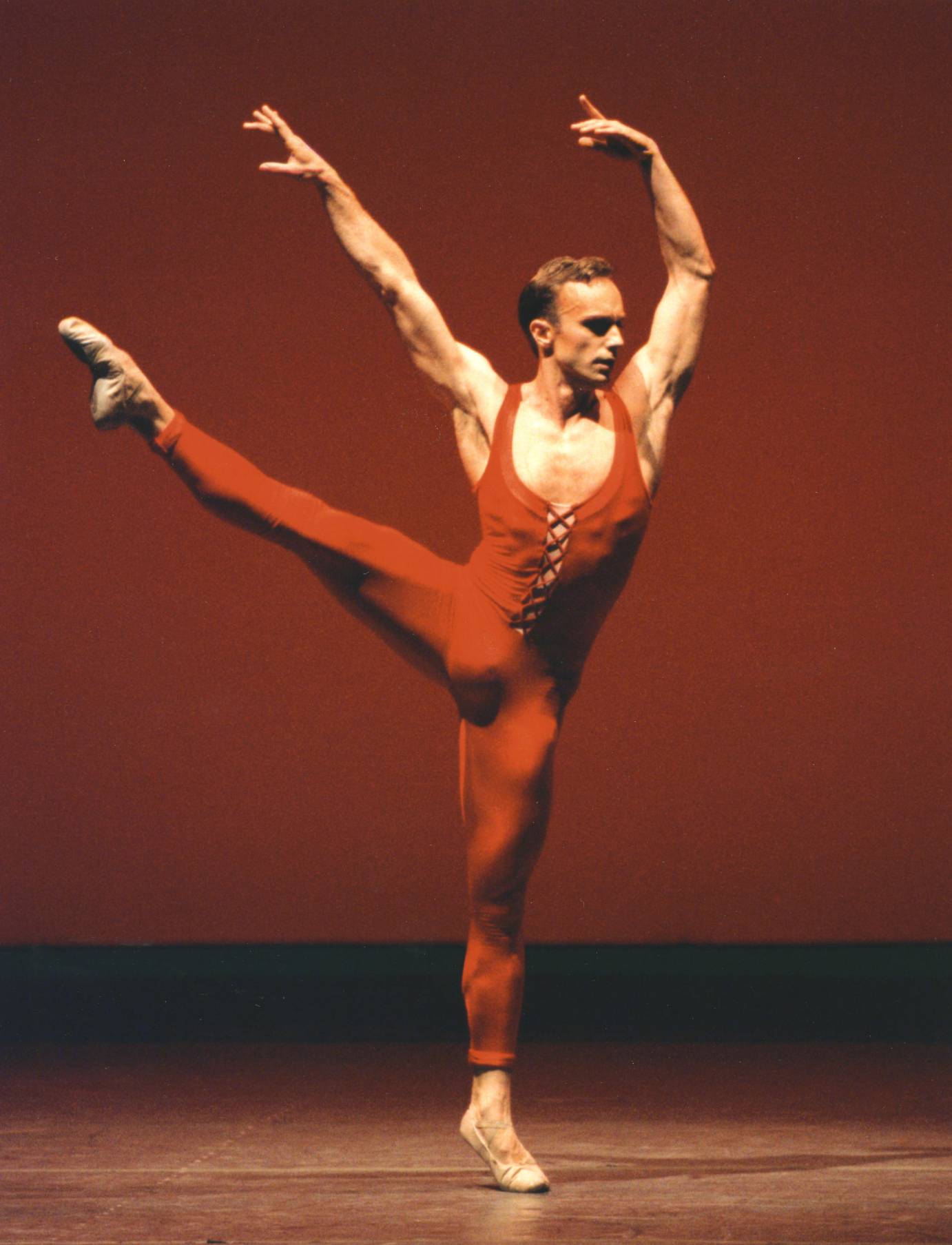
ULYSSES DOVE
Of course, Balanchine and Robbins' choreography incorporated "off-balance" steps, but Forsythe and then later Ulysses Dove fractured the balletic anatomical joint structure asking for hips to open like gaping mouths freeing dancers' lifted legs to hyper extend beyond their heads.
When Dove arrived in 1994, he cast Boal in Red Angels (Dove died of AIDS in 1996). Once completed, the ballet was renowned for its "high-energy blitzes that required taut-bodied dancers to surge across the stage in nonstop jumps, runs and spins, to driving, percussive music." (Jennifer Dunning, NYT 1994.)
Although soft spoken, Dove's intensity shot through the practice room. Intent on inspiring dancers to release 100% of themselves 100% of the time, Dove's rehearsals were a testimony to an inexhaustible devotion to the work. On high alert for every Dove rehearsal, Boal noted on EYE ON DANCE in 1996 "you have to go to the edge every time you dance a Dove work...we rehearsed nonstop to get that wildness, power and passion.” Upon even deeper reflection, Boal felt something he'd never experienced before: Dove lived to choreograph. ( See Peter Boal on EYE ON DANCE)
MOLISSA FENLEY
With these bracing experiences under his belt, Boal grazed the city’s cultural gifts, roaming galleries, downtown dance venues and meeting edgy arts hipsters like Keith Haring at the art salons held by his friend Julia Gruen.
One day while viewing the monumental Matisse Retrospective at MOMA in 1993, he found himself standing next to Molissa Fenley. They spoke, she invited him to work on some stuff, and in 1999 he garnered a Bessie Award for his performance of Fenley's celebrated 35-minute solo State of Darkness set to Stravinsky's "The Rite of Spring."

After digging a little deeper into that relationship, Boal explained he learned her spare, deconstructed choreography for the solo by standing next to her facing the mirror. Boal recalled Fenley "removed her glasses so she could feel me" literally connecting Boal to the choreography through osmosis.
Totally foreign to his ballet body, Fenley's creation forced Boal to reach for a greater understanding of becoming one with a solo and building stamina to meet its 35 minute run time. (In ballet, a solo rarely lasts longer than 5 minutes.) A fan of half marathons, this solo fulfilled Boal's "hyper aerobic investment in physicality." Most unusual for Boal "...was how my shoulder blades banked, or how the micro movements in the right side of my abdominal muscles shifted." It required "hyper awareness of the body and fingertips."
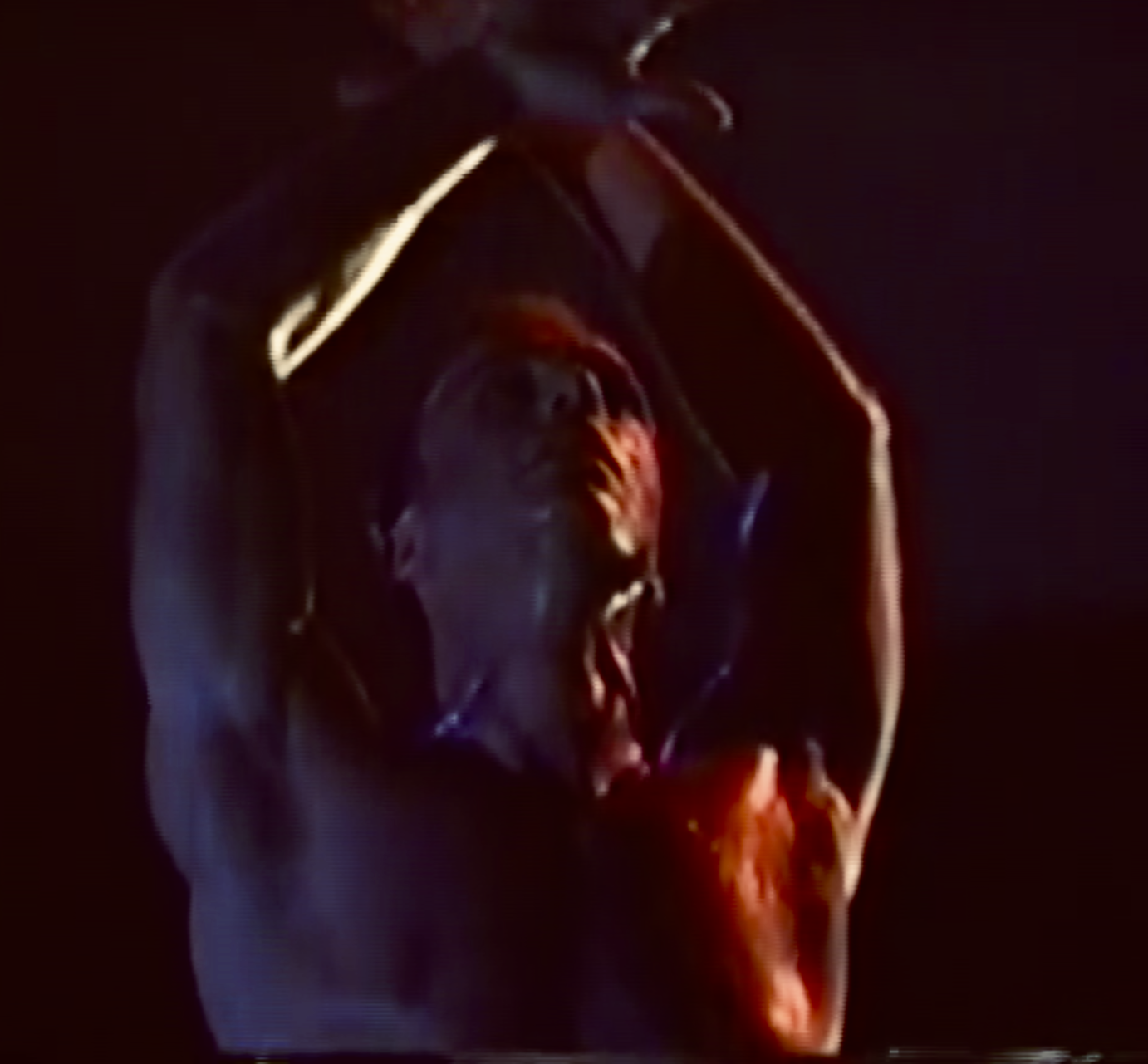
In his debut performance, Jennifer Dunning of the NYT noted, "Mr. Boal added color and flesh to her (Fenley's) hints of victim and sacrifice through the quiet eloquence of his gestures…and much celebrated clarity."
TRANSITION
Pitched out of the traditional ballet bubble, Boal chomped at the opportunity to work with choreographers of his choice. To this end, one of Boal's most pivotal conversations came around 2001: "I was having a conversation with Peter Martins. He said he and Darci had been talking over coffee that morning about who might be part of the next generation of artistic directors. I honestly had not thought about it for myself. My response, “Damian and the Kaisers”. His response, “What about you?”
“It was a great conversation for me to have and I left with the idea of starting Peter Boal Solos which debuted at the Joyce Theater in January of 2003. It also opened my mind to all that the position might entail."
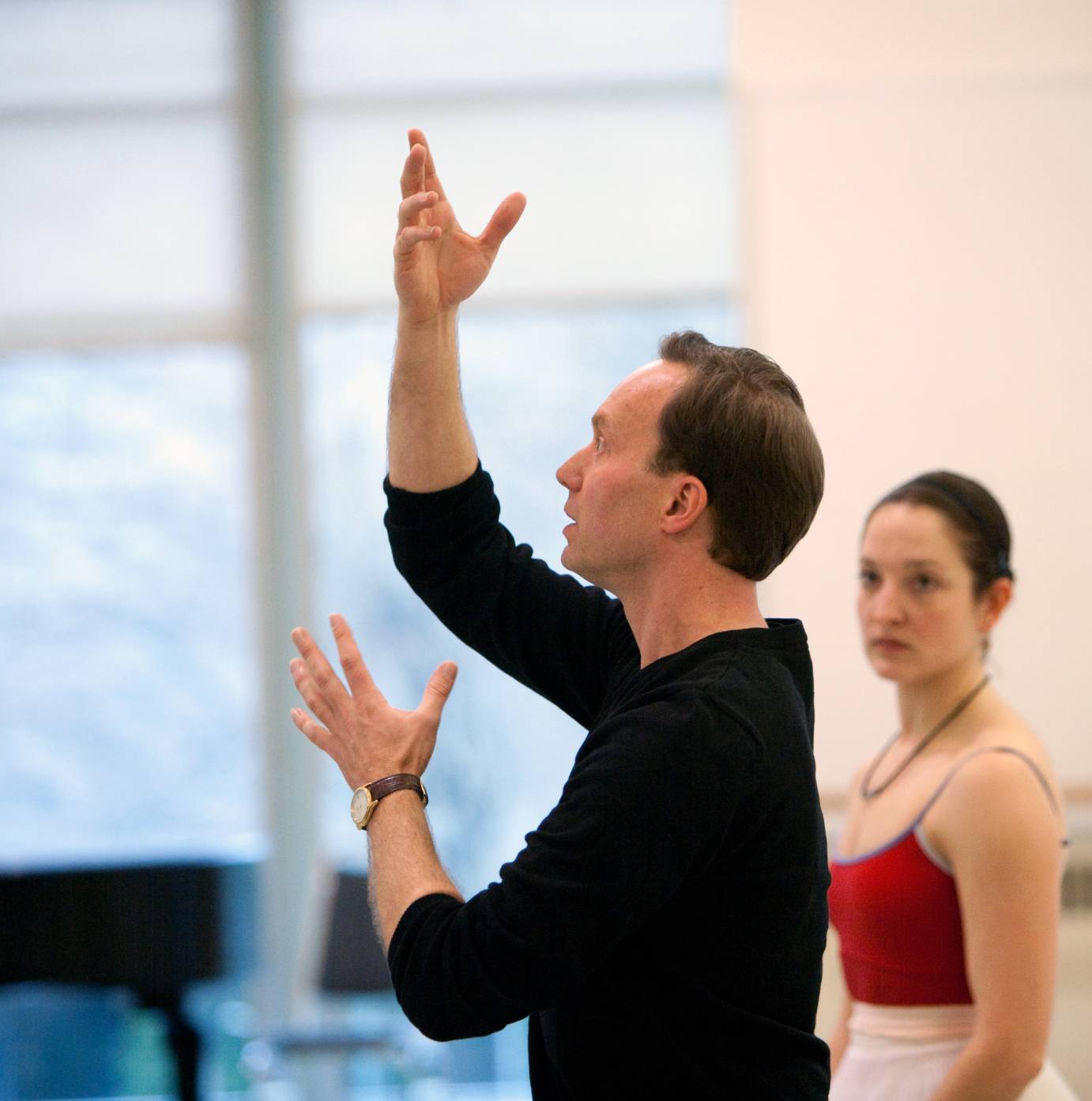
To that point, Boal's inherent grace coupled with whip smart instincts and an enduring talent, levitated him from NYCB in 2005 to the position of Artistic Director of the Pacific Northwest Ballet. Not surprisingly, Boal carried many of his profound artistic experiences with him, setting the works of William Forsythe, Ulyses Dove and Molissa Fenley on PNB.
Consistently creative and intellectually curious, this year Boal published a well received memoir "Illusions of Camelot." Primarily focused on his family and professional life until entering NYCB, in one emotional passage, Peter’s father queried his son’s commitment to study at the School Of American Ballet and devote his life to dance—a field with very little security. Without hesitation Peter responded, "There's no other path for me, Dad..."
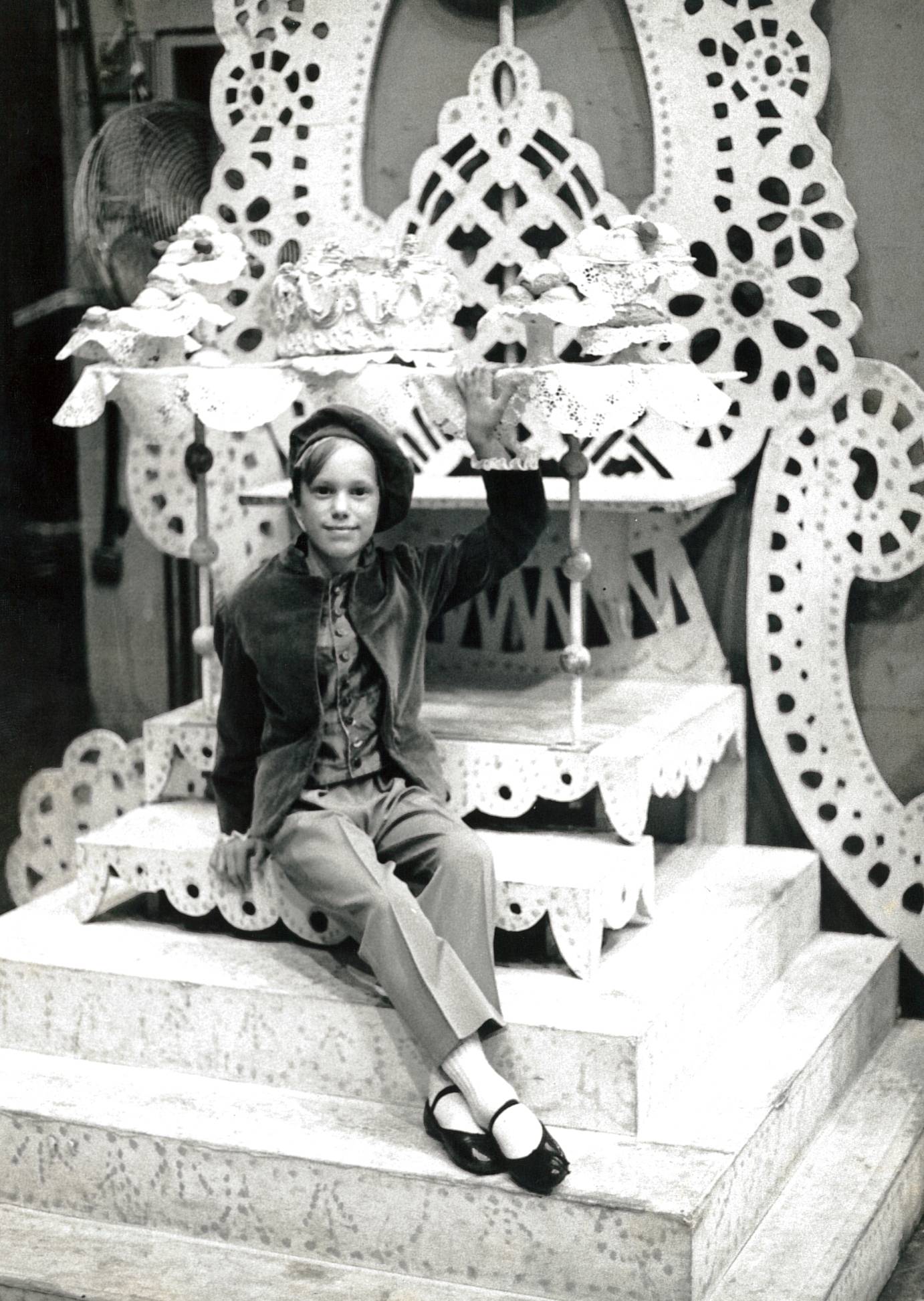
A 10-year-old Peter Boal as a party guest in The Nutcracker. Photo by Steve Miller
The Dance Enthusiast’s DAY IN THE LIFE covers the stories behind dance/performance and creates conversation. For more behind-the-scenes stories from NYC and beyond, click here.
The Dance Enthusiast - News, Reviews, Interviews and an Open Invitation for YOU to join the Dance Conversation.
Created in 2020 as a way to lift up and include new voices in the conversation about dance, The Dance Enthusiast's Moving Visions Initiative welcomes artists and other enthusiasts to be guest editors and guide our coverage. Moving Visions Editors share their passion, expertise, and curiosity with us as we celebrate their accomplishments and viewpoints.






